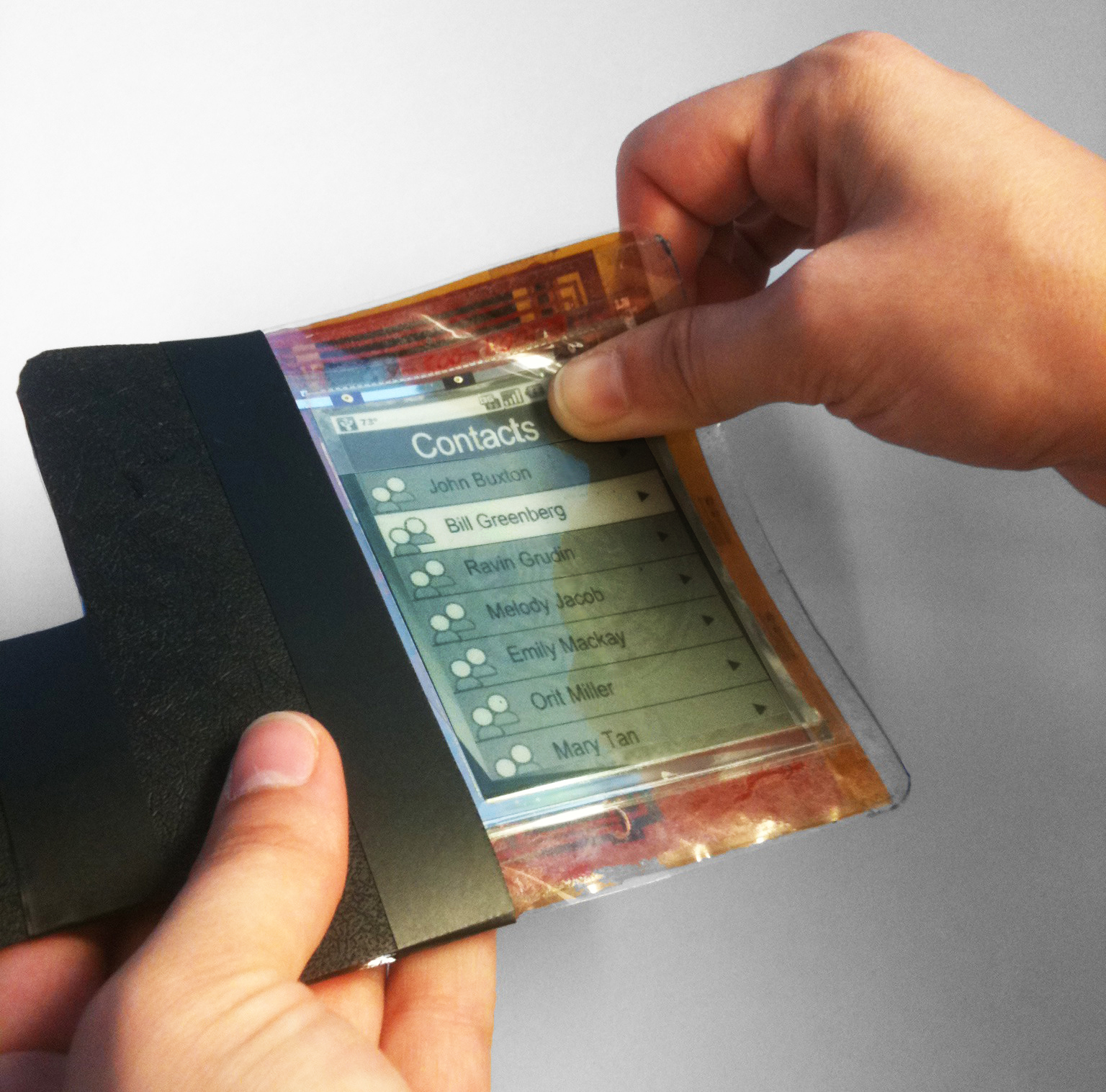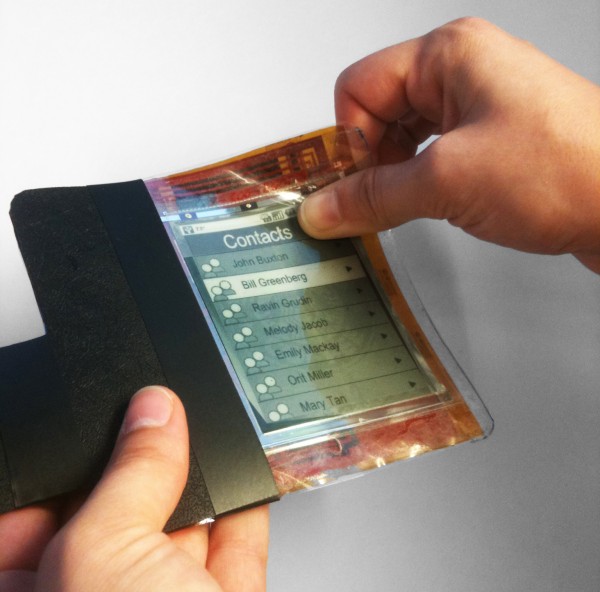
The big launches for the year have happened, and we’ve mostly seen what we wanted to see this year. Samsung’s Galaxy Note 3 brought 4K capture, the iPhone 5S has a finger print scanner and 64-bit processor, and Nokia showed up with a massive 41MP camera. All extremely satisfying for the people who wanted those sorts of things.
For the rest of you who are waiting for the next big thing. I’ve come up with a list of smartphone features that are currently being experimented with, and should be ready for the mass market within the next few years.
More after the break
Lightning charged batteries

Nokia and the University of Southampton had the brilliant idea of charging a smartphone by sticking near a bolt of simulated lightning. The bolt was created by shooting 200,000 volts of electricity across a 30cm gap. The Lumia 925 was then placed nearby and started to convert the ambient energy into power for its battery.
Now, neither party is recommending trying this at home for obvious reasons. But they do see this experiment as a step towards better wireless charging technology. If anything, maybe we will see a combination between a zeusaphone and wireless charger.
Transformable form factors
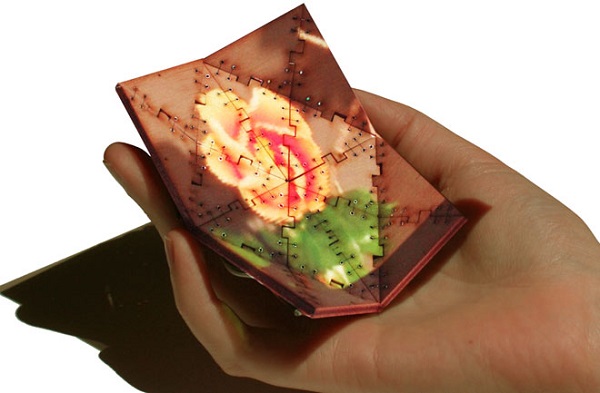
Samsung and LG has begun to tease curved screen phones. But those aren’t going to be as impressive as what will come once researchers sort out the problems with their current projects. Instead of simply having curved screens, future smartphones will make use of both flexible screens and memory metals to change shape according to the users’ wants and needs.
Imagine a phone that curves the sides to hide your key presses as you type a password. Or curves the bezel to become a stand if you want to watch movies. It could even stretch and contract the screen according to what you’re doing with the phone.
Universal translators

Anyone who watched the old Star Trek series will remember that almost everyone spoke English. That was thanks to universal translator technology. Microsoft demoed this exact thing back in March. Windows Phone 8 also has a translator software that is able to translate text from one language to another. Although it hasn’t quite caught on to speech just yet.
It is only a matter of time before someone puts it on a mobile platform. Businesses would love to be able to make calls to people without worrying about what language the other side is speaking. TV and movies wouldn’t need to be dubbed either, just turn on your phone and listen through some headphones.
Phones for the blind
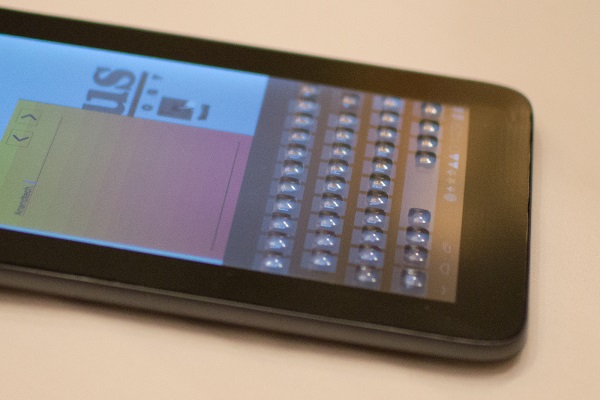
Touchscreen interfaces aren’t very friendly to the sight impaired. There’s nothing to feel to let them know what they’re touching. There are efforts to change this with text-to-voice software and apps that describe what the camera is pointed at. In fact, a braille smartphone is also currently in the works.
California based company, Tactus, is building a new touchscreen that is able to physically create buttons on the screen. Imagine being able to touch type on a smartphone again. This is haptic feedback on a whole new scale; although it might encourage people to start texting while driving again.
Gaming phone
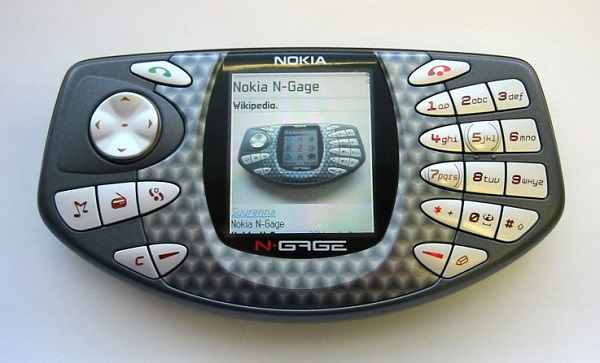
A long time ago Nokia had the N-gage, a smartphone centred around being a handheld console. Sony also has their PlayStation certified smartphones, meant to work with the PlayStation Network. Neither really means much now, but it is about time that this idea reared its head again.
Transformable form factors and new haptic feedback technology will allow the next generation of gaming smartphones to bend and convert into a proper console. There are plenty of smartphone games that would greatly benefit from having physical buttons. Plus, something needs to take advantage of all that processing power that’s appearing these days.
Follow us on Instagram, Facebook, Twitter or Telegram for more updates and breaking news.


